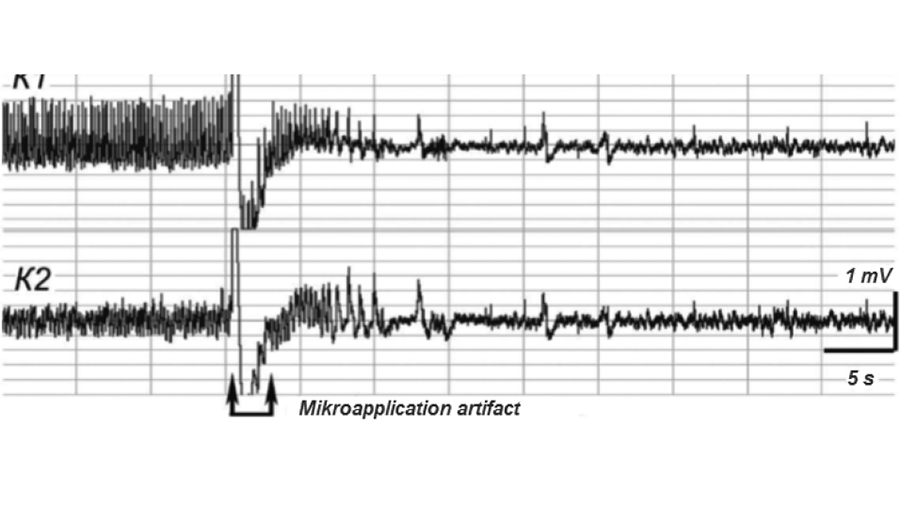The first 2020 issue of the society’s bilingual journal is already online on a brand new and user-friendly website
(Прочетете на български тук)
This month, ARPHA Platform welcomed the fourth medical academic journal to its portfolio: Bulgarian Cardiology („Българска кардиология”), the official publication venue of the Bulgarian National Cardiac Society since 1995. The Society is a member of the European Society of Cardiology.
With its first 2020 issue, Bulgarian Cardiology pioneers the Bulgarian-English bilingual publishing solution from ARPHA, the open-access scholarly publishing platform, developed by the publisher and technology provider Pensoft. Thanks to this, authors will be able to publish their papers either in Bulgarian, or in Bulgarian and English. In the latter case, the article will be displayed in both languages side by side, as exemplified in the paper “Novel approaches to treat resistant hypertension” by Dr Alexandra Cherneva (Acibadem City Clinic – Cardiovascular center, Bulgaria) and Prof Ivo Petrov (Sofia University and Acibadem City Clinic – Cardiovascular center, Bulgaria).
(DOI: 10.3897/bgcardio.26.e52712)
For non-Bulgarian speaking authors, who submit their manuscript in English, the journal provides translation to Bulgarian, so that the published article is also available in both languages. In the latest issue, this is exemplified by the Editorial piece “Atrial fibrillation: Importance of real world data from regional registries. A focus on the BALKAN-AF registry”, authored by the international team of Dr Monika Kozieł, Prof Gregory Y. H. Lip and Dr Tatjana S. Potpara.
Having already acquired its own glossy and user-friendly website provided by ARPHA, Bulgarian Cardiology also takes advantage of the platform’s signature fast-track, end-to-end publishing system, which is to benefit all journal users: authors, reviewers and editors alike. In addition, the published content enjoys automated export of data to aggregators, as well as web-service integrations with major global indexing and archiving databases.
The first issue of Bulgarian Cardiology was published in 1995 to provide a scholarly outlet for the Bulgarian Society of Cardiology. Ever since then, it has been serving as an essential forum to bring together the cardiology community in the country. Its aim is to publish both the academic achievements of the Bulgarian medical experts and the key practical guidelines of the European Society of Cardiology.
Bulgarian Cardiology accepts for publication research and review articles, clinical cases, editorials, letters to the Editor, European Society of Cardiology guidelines, announcements from the Bulgarian Society of Cardiology and materials presented at their meetings, and others.
“It’s a pleasure to all of us at ARPHA to welcome the Bulgarian Society of Cardiology’s journal. It’s a fantastic win-win situation for both parties: while we managed to customise and provide the necessary services the Society asked us for, they offered us the opportunity to further push our capabilities and know-how, in order to launch our first top-to-bottom bilingual publishing solution,”
says Prof. Lyubomir Penev, founder and CEO at ARPHA and Pensoft.
The journal will continue to be published also in print with four issues a year.
***
Visit the journal’s website at https://journal.bgcardio.org/.


